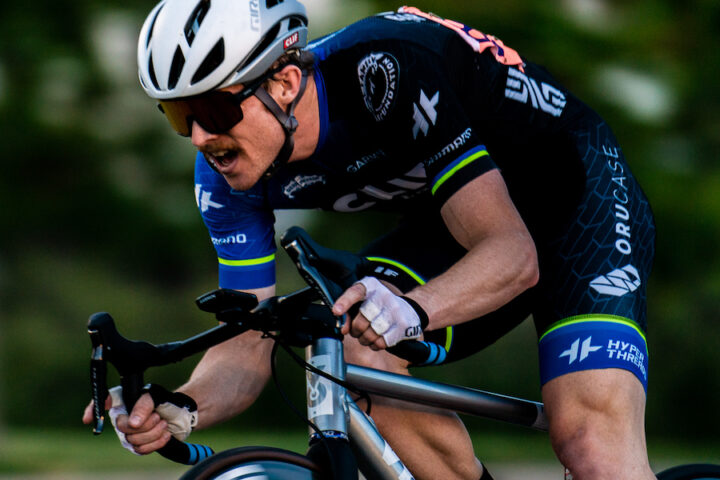
The Science Behind Going Slow to Be Fast
The concepts of central and peripheral conditioning help explain why an effective training base period leads to speed and durability in the race season.
Humans aren’t machines—we’re much more complicated. Exercise physiology involves changes in the body from exercise and rest.
From anaerobic threshold to environmental acclimatization, from FTP to PGC-1 alpha, we explore the science of human performance.

The concepts of central and peripheral conditioning help explain why an effective training base period leads to speed and durability in the race season.
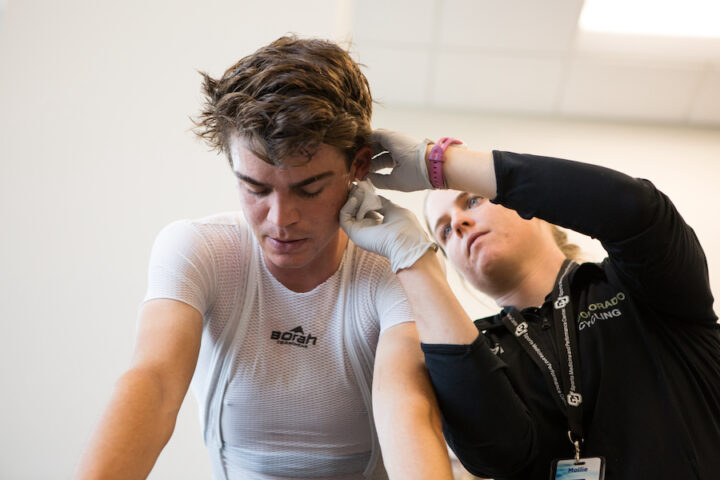
Find out all the dos and don’ts of physiological testing as we break down VO2max and lactate/ramp testing.
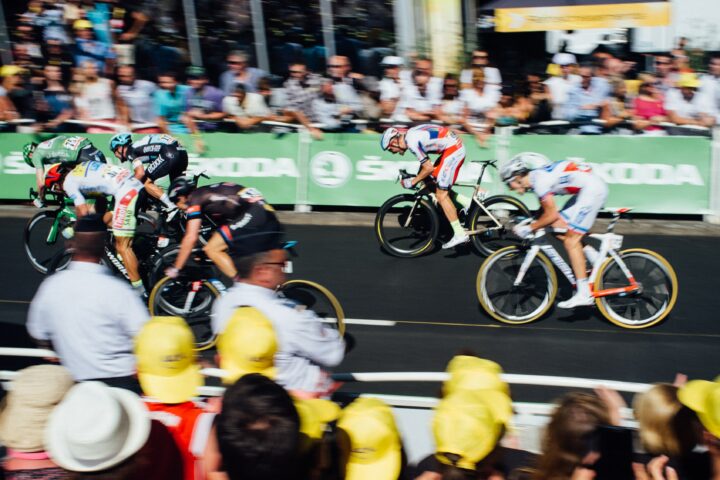
We explore the physiology of race season—how to find top-end fitness, how long it takes, and the best ways to do it.
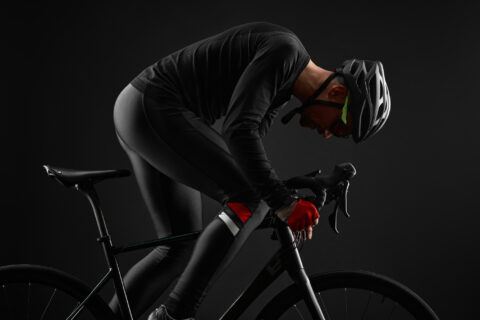
Your lactate threshold may not be what you think it is. Coach Trevor Connor explores the true definition of this physiological turn point.
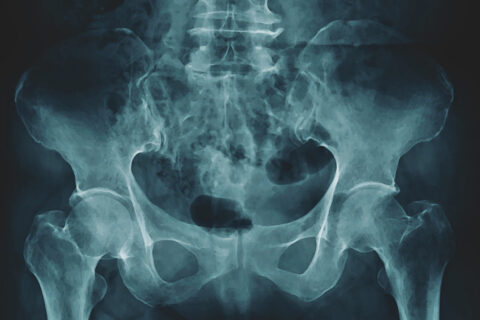
A 2023 study claims cycling can cause significant bone density loss in as little as a year. Is there more to the story?
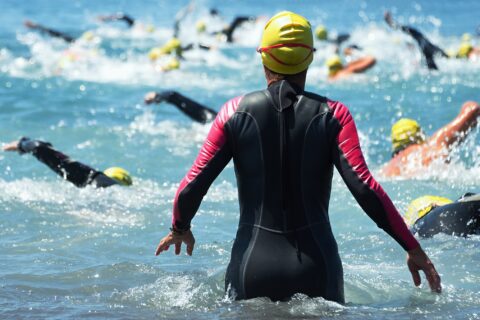
Most athletes who die in triathlons succumb during the swim leg. We explore why that is, and how to reduce the risk for your next event.
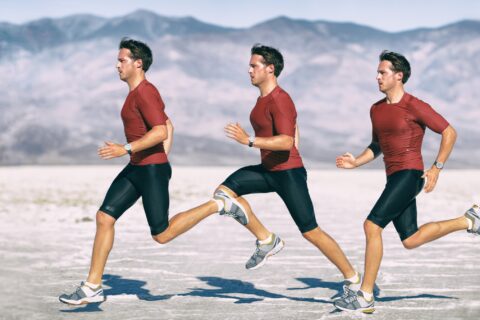
Performing a gait analysis may be necessary to troubleshoot recurring injuries or improve run speed.
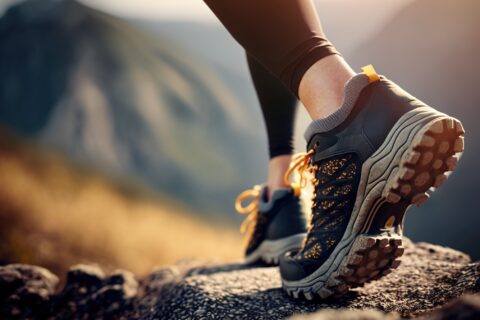
Chronic heel pain can plague many athletes. With the help of a few therapeutic movements and treatments, you can try to relieve your plantar fasciitis symptoms.
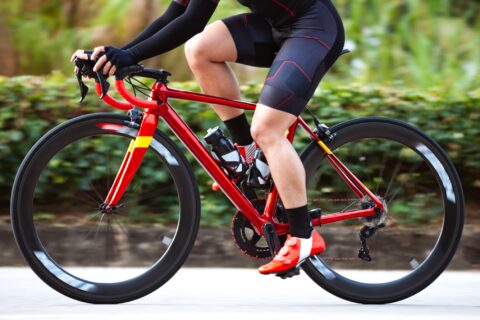
There’s conflicting and inconclusive evidence on how to properly treat IT band syndrome. We break down some of these common treatments so you can get back to your sport better than before.

An athlete’s rate of perceived exertion, or RPE, is one of the most underappreciated metrics. For ultra-athletes who are closely in touch with their bodies and minds, working with RPE is an essential component to training and racing.
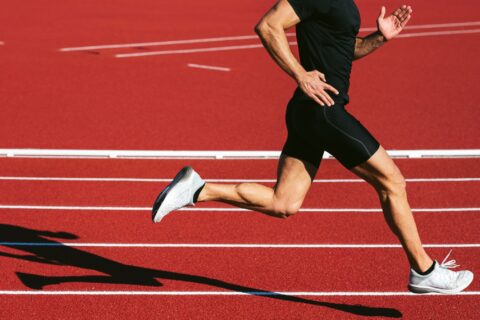
Increasing your mileage may also lead to an increase in knee pain. Learn about runner’s knee and how you can alleviate your pain at home.

Your lactate threshold may not be what you think it is. Coach Trevor Connor explores the true definition of this physiological turn point.
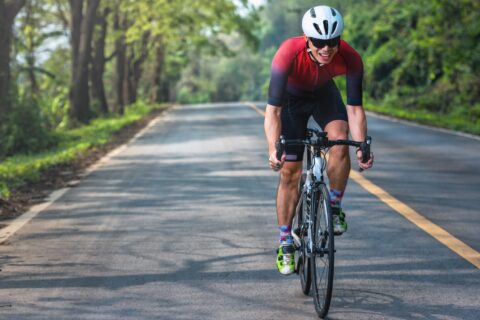
How long? How much? How many? Tapering can be a dark art, but we’ve got all your questions answered to help deliver you to your next start line ready to go.

Find out all the dos and don’ts of physiological testing as we break down VO2max and lactate/ramp testing.
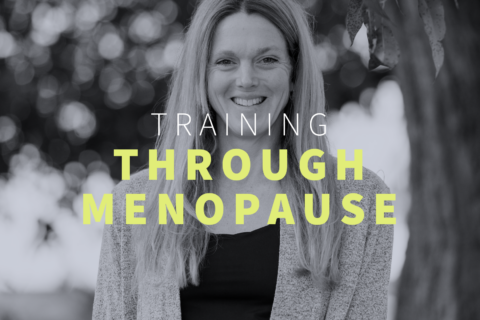
Dr. Stacy Sims gives her advice on how to coach women through all stages of menopause.

It can be difficult for male coaches to know their role in helping female athletes navigate performance in context of the menstrual cycle and hormones. Coach Bevan McKinnon shares his experience and learning on this topic and some helpful tools.

Learn the importance of working on your body first to effect change in your brain and mind.
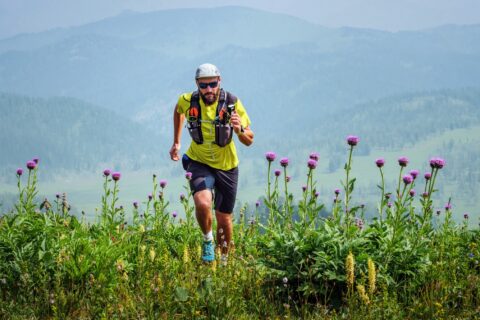
What are the keys to success in ultra running, and are they the same across all distances?
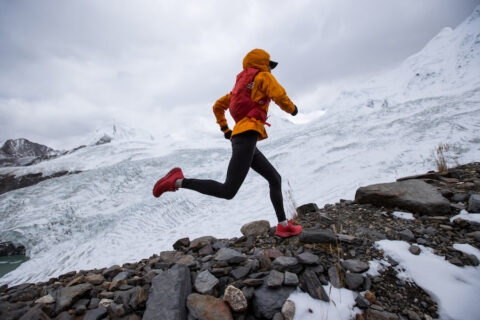
We get asked a lot of great—and nerdy—questions via our Fast Talk Labs Forum. Every month we’ll now be taking the best questions and publishing our answers. This month, our in-house physiologist Rob Pickels tackles the topics of altitude training and the impact of body composition on hypothermia.
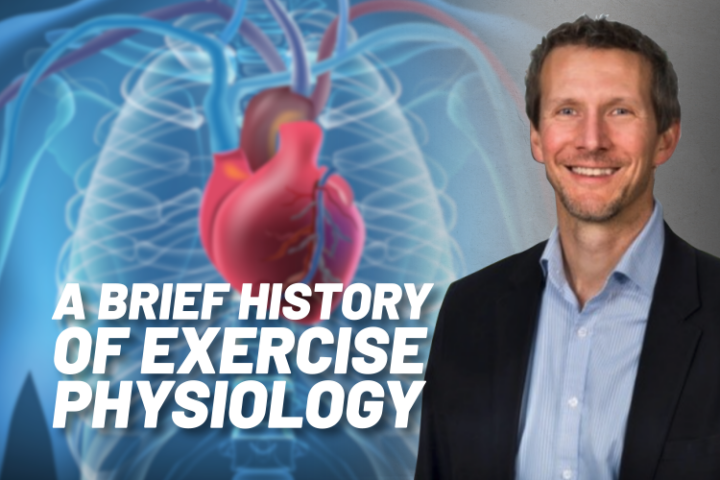
In this second part of our three-part series, Dr. Stephen Seiler gives us the history of exercise physiology research as well as insights into the inner workings of the academic world.

The concepts of central and peripheral conditioning help explain why an effective training base period leads to speed and durability in the race season.

Polarized training is most successful when your body is ready for high-intensity sessions. Understanding how your autonomic nervous system works can help you time it right.